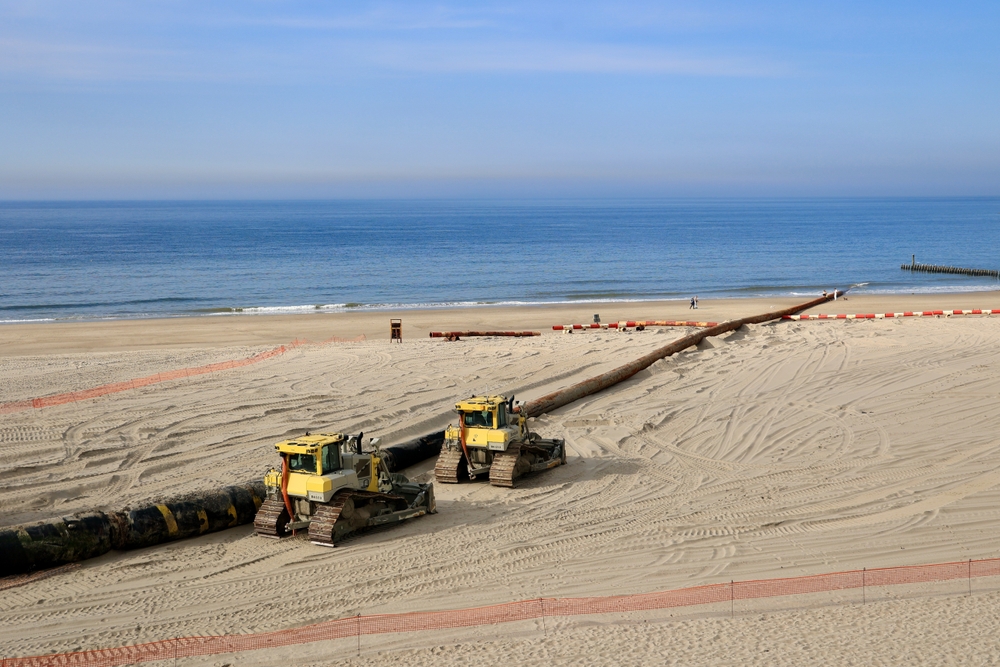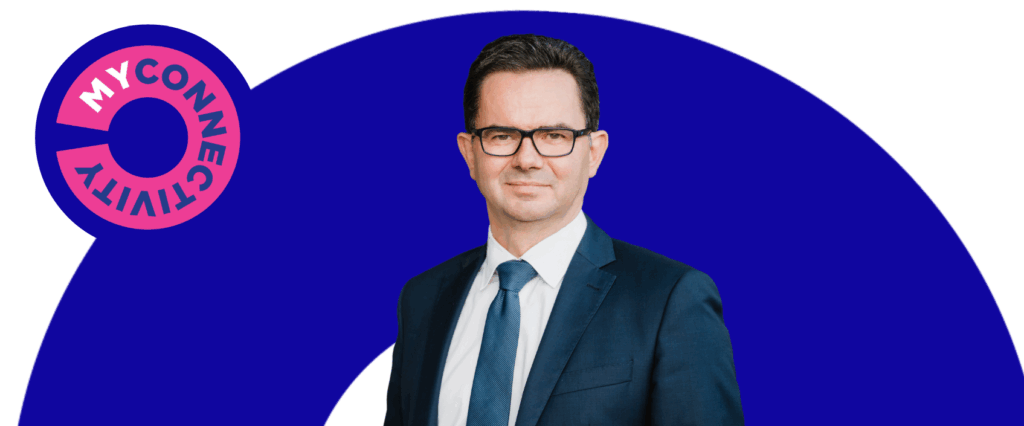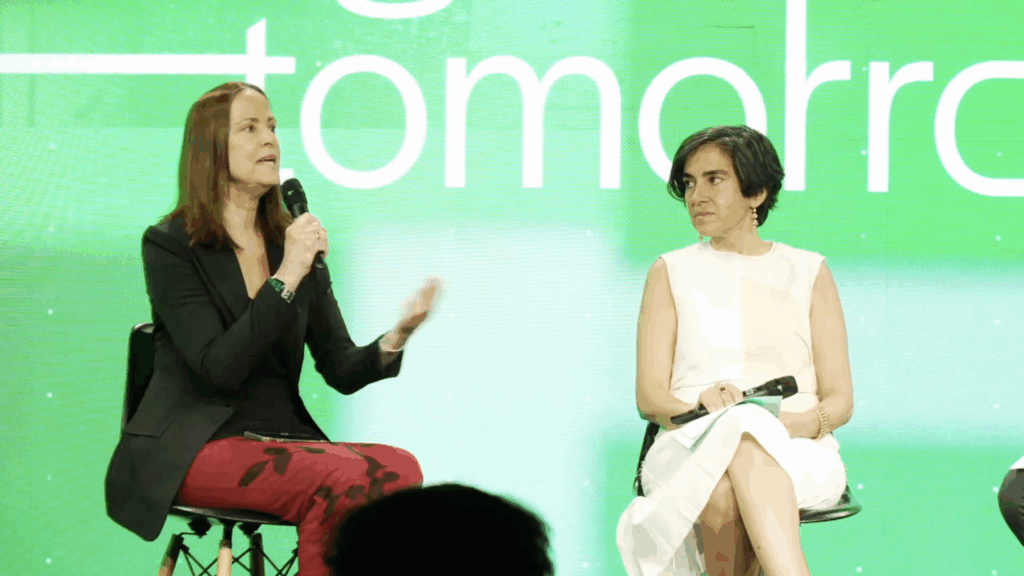
Summer series: The six dimensions of connectivity (Part five)
Scroll
Connectivity is a topic that could have us talking for an entire afternoon – and provides plenty of food for thought for an exciting summer split into in several chapters. `At this year’s Nexus 2050 in June, MyConnectivity hosted the (afternoon) side event ‘Connecting Tomorrow’. Sixteen experts spoke for four hours on the six dimensions of connectivity. This provided some enlightening insights, which we would like to summarise per dimension over the summer weeks. This week: Catalyst.
Scroll
Part Five: The catalyst dimension
Reliability and sustainability are two essential aspects of connectivity – whether for everyday apps or national security issues. The fifth dimension of “Connecting tomorrow” therefore focused entirely on these two topics.
LCDC: Reliable and secure solutions are also in demand internationally
Yves Schmit (Directorate of Defence) explained how the sovereign Luxembourg Cyber Defence Cloud (LCDC) protects sensitive national data and also supports international partners. Luxembourg’s national strategy aims to have one of NATO’s and the EU’s most cyber-secure defences and to develop expertise that is also made available to allies. Requirements and commitments towards NATO and the EU play a particularly important role here, as does the need to find reliable answers to the challenges of digital transformation, including interoperability and security. The foundation for this is laid by multiple tier IV data centres in the country, a solid ICT industry with talent and skills, and high-performance national optical fibre connectivity. Against this backdrop, the network is set to be gradually expanded in the coming years, including for use by the EU, NATO, and the country’s other international partners.
Google: Sustainable solutions for the future industry of connectivity
Kurt Rommens (Google Cloud) shared a hyperscaler’s view on making European data centres greener and ready for AI-driven workloads. Modern data centres provide a wide range of features: in addition to performance and innovation availability and reliability, security and resilience, as well as sovereignty and sustainability are all in demand. These diversified requirements demonstrate the rapid development of data centres – which is also reflected in the bare figures. An example from Google: within 18 months, the use of computing capacity has increased eightfold, thanks in no small part to AI. Two key figures also illustrate just how important connectivity has become as an industry of the future: Google is represented in 42 cloud regions worldwide, which are connected by more than 3 million km of cable. In line with its commitment to sustainability, Google aims to use 100% renewable energy and achieve net zero carbon emissions.


